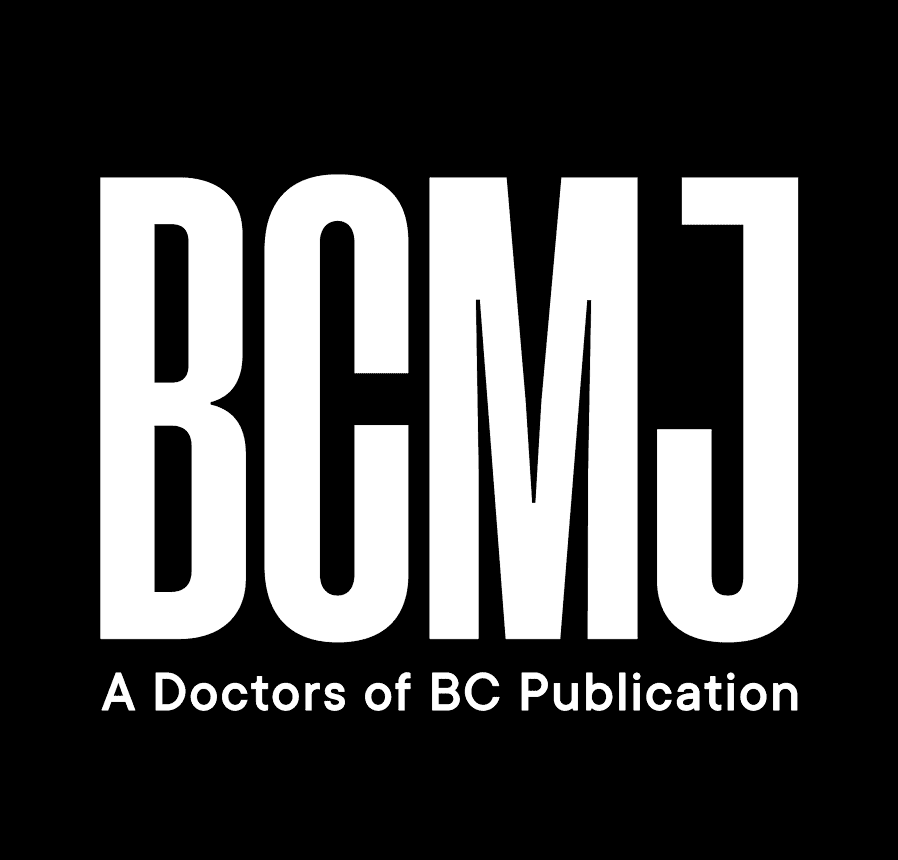Re: Unnecessary dental antibiotic prescribing. Authors reply
We thank Dr Walter for sharing his story and question in the context of our article. We are pleased to hear that he has been well since clearing the infection he described.
Quoted guidelines like those produced by the American Heart Association serve to distill the best available evidence to inform practice in most cases for most patients. There is always room for variation in unique circumstances upon discussion between physician and patient.
We can offer a few points that might inform that ongoing choice:
- Recurrent problems with Staphylococcus aureus bacteremia followed a complicated abdominal surgery, where an infected pacemaker was eventually found to be the reservoir. Endocarditis was a legitimate concern but was not confirmed by investigations. If there is anything to suggest past bacterial endocarditis, prophylaxis is still recommended.
- S. aureus is the most common cause of infections of various prostheses, including pacemakers, but it is not a major element of the mouth flora, nor a common agent of transient bacteremia with dental manipulation. In the case of an open abdominal wound with prolonged drainage, the wound is much more likely than an oral source to be the portal of entry.
- If the main concern is about reseeding a pacemaker with S. aureus, amoxicillin would not be expected to do very much, because most S. aureus is generally resistant to it.
We thank Dr Walter for the question and wish him excellent health!
—David M. Patrick, MD, FRCPC, MHSc
Professor, School of Population and Public Health, UBC
Medical Epidemiology Lead for Antimicrobial Resistance, BCCDC
—Kate O’Connor, RN
Nurse Educator, Community Antimicrobial Stewardship, BCCDC
—Edith Blondel-Hill, MD, FRCPC
Medical Microbiologist/Infectious Disease Specialist, Interior Health
—Lynsey Hamilton, MSc
Knowledge Translation and Exchange Specialist, BCCDC
—Fawziah Lalji, PhD
Professor, Faculty of Pharmaceutical Sciences, UBC
—Hannah Lishman, PhD
Senior Scientist, Community Antimicrobial Stewardship, BCCDC
—Clifford Pau, DMD, MSc
Clinical Associate Professor, Faculty of Dentistry, UBC
—Nick Smith, MPH
Project Manager, Community Antimicrobial Stewardship, BCCDC
This letter was submitted in response to “Re: Unnecessary dental antibiotic prescribing.”
hidden
 |
| This work is licensed under a Creative Commons Attribution-NonCommercial-NoDerivatives 4.0 International License. |
